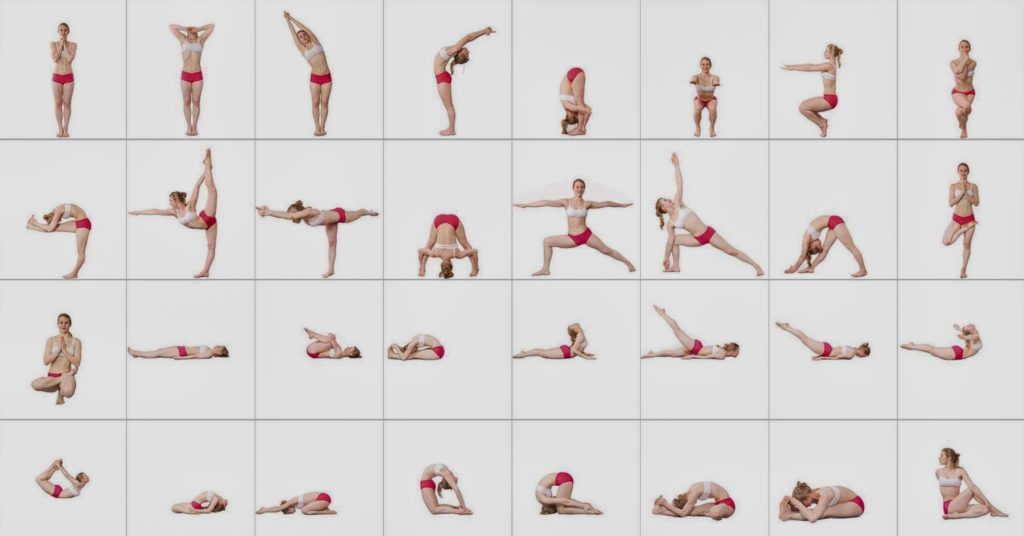Yin Yoga is a meditative practice that emphasizes long-held, passive poses to target deep connective tissues and enhance flexibility. Unlike more dynamic forms of yoga, Yin Yoga invites stillness and introspection. Consequently, understanding the various Yin Yoga poses helps you develop a more profound practice. Therefore, this comprehensive guide explores 26 essential Yin Yoga poses, their benefits, and tips for proper alignment. By delving into these poses, you can elevate your yoga practice and achieve greater physical and mental well-being.
The Benefits of Yin Yoga
Before diving into the individual poses, it’s important to understand the benefits that Yin Yoga offers. This style of yoga focuses on stretching and restoring the body’s connective tissues such as ligaments and fascia. Therefore, practicing Yin Yoga regularly can significantly improve your overall well-being.
Enhancing Flexibility
Yin Yoga is exceptionally effective in enhancing flexibility. By holding poses for an extended period, typically between three to five minutes, the body gets the opportunity to stretch deeper into the connective tissues. This prolonged stretching facilitates the release of tension and enhances the elasticity of the tissues. By understanding how Yin Yoga improves flexibility, you can appreciate its unique approach to stretching. Therefore, recognizing the value of prolonged stretches is crucial.
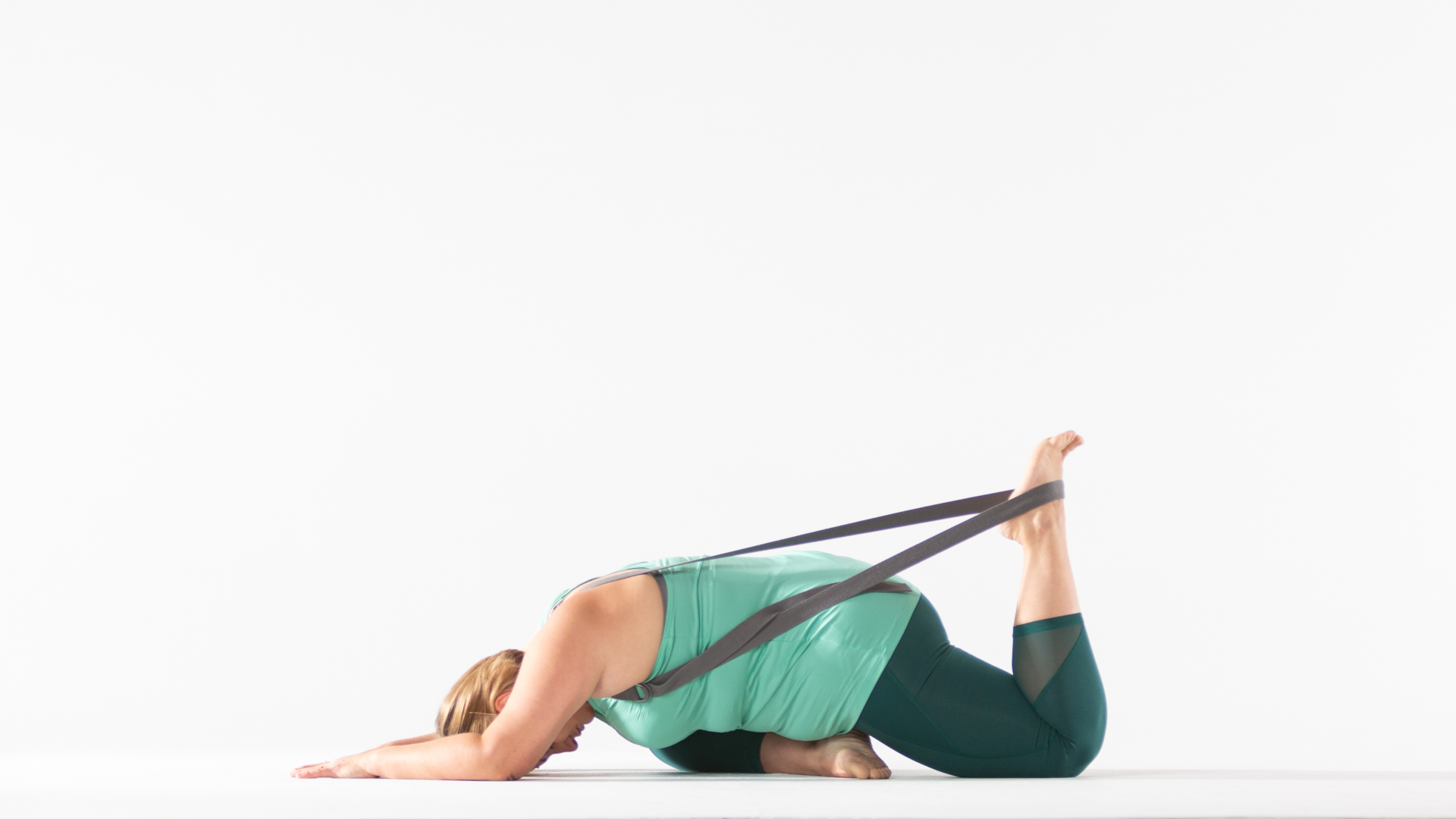
Promoting Relaxation
Yin Yoga also emphasizes relaxation and mindfulness. The long-held poses allow you to slow down, focus on your breath, and enter a meditative state. This practice helps reduce stress, calm the nervous system, and promote mental clarity. By understanding the relaxing benefits of Yin Yoga, you can incorporate it into your routine to improve mental well-being. Therefore, recognizing the importance of mindfulness in Yin Yoga is essential.
Essential Yin Yoga Poses
Now that we’ve discussed the benefits, let’s explore 26 essential Yin Yoga poses. Each pose offers unique advantages and targets different areas of the body. Therefore, exploring these poses provides a comprehensive understanding of Yin Yoga.
Butterfly Pose (Baddha Konasana)
The Butterfly Pose, also known as Baddha Konasana, is a seated forward bend that targets the inner thighs and hips. Sit on the floor with your feet together and knees bent out to the sides. Allow your knees to drop towards the ground and gently lean forward, letting your spine round naturally. By understanding the benefits of Butterfly Pose, you can enhance the flexibility of your inner thighs and hips. Therefore, recognizing the importance of this pose is crucial.
Caterpillar Pose (Paschimottanasana)
Caterpillar Pose, or Paschimottanasana, is a forward bend that stretches the entire backside of the body. Sit with your legs extended in front of you and gently fold forward from the hips, allowing your spine to round. Relax your head and neck, reaching towards your feet without forcing the stretch. By understanding the benefits of Caterpillar Pose, you can improve flexibility in your hamstrings and back. Therefore, recognizing the value of forward bends is essential.
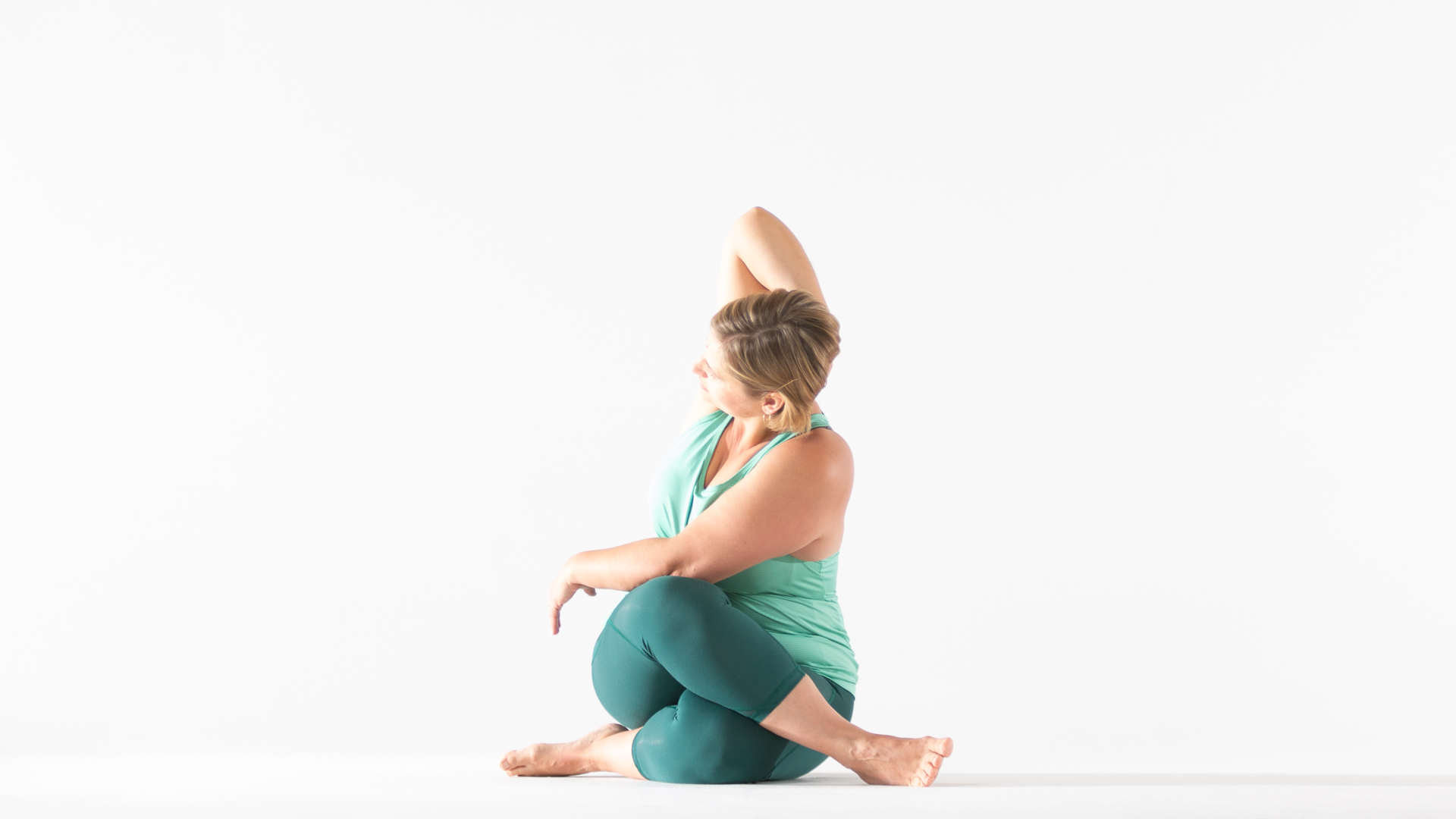
Dragon Pose (Anjaneyasana)
Dragon Pose, also known as Anjaneyasana, targets the hip flexors and quadriceps. Start in a low lunge with your back knee on the ground and your front knee bent at a 90-degree angle. Sink your hips forward and down, feeling a deep stretch in the hip flexors and front thigh. By understanding the benefits of Dragon Pose, you can release tension in the hips and improve overall hip mobility. Therefore, recognizing the importance of hip openers is crucial.
Sphinx Pose (Salamba Bhujangasana)
Sphinx Pose, or Salamba Bhujangasana, is a gentle backbend that targets the lower back. Lie on your stomach with your forearms on the ground, elbows directly under your shoulders. Press into your forearms and lift your chest, allowing your lower back to arch gently. By understanding the benefits of Sphinx Pose, you can relieve tension in the lower back and strengthen the spine. Therefore, recognizing the value of gentle backbends is essential.
Seal Pose
Seal Pose is a deeper variation of Sphinx Pose that provides a more intense stretch for the lower back. From Sphinx Pose, extend your arms forward and press into your palms, lifting your chest higher off the ground. Keep your hips grounded, and feel the deeper stretch in your lower back. By understanding the benefits of Seal Pose, you can enhance flexibility and relieve lower back tension. Therefore, recognizing the importance of advanced backbends is crucial.
Child’s Pose (Balasana)
Child’s Pose, or Balasana, is a restorative pose that promotes relaxation and gentle stretching. Kneel on the floor, sit back on your heels, and fold forward, extending your arms in front of you. Allow your forehead to rest on the ground and breathe deeply. By understanding the benefits of Child’s Pose, you can improve relaxation and mindfulness. Therefore, recognizing the value of restorative poses is essential.
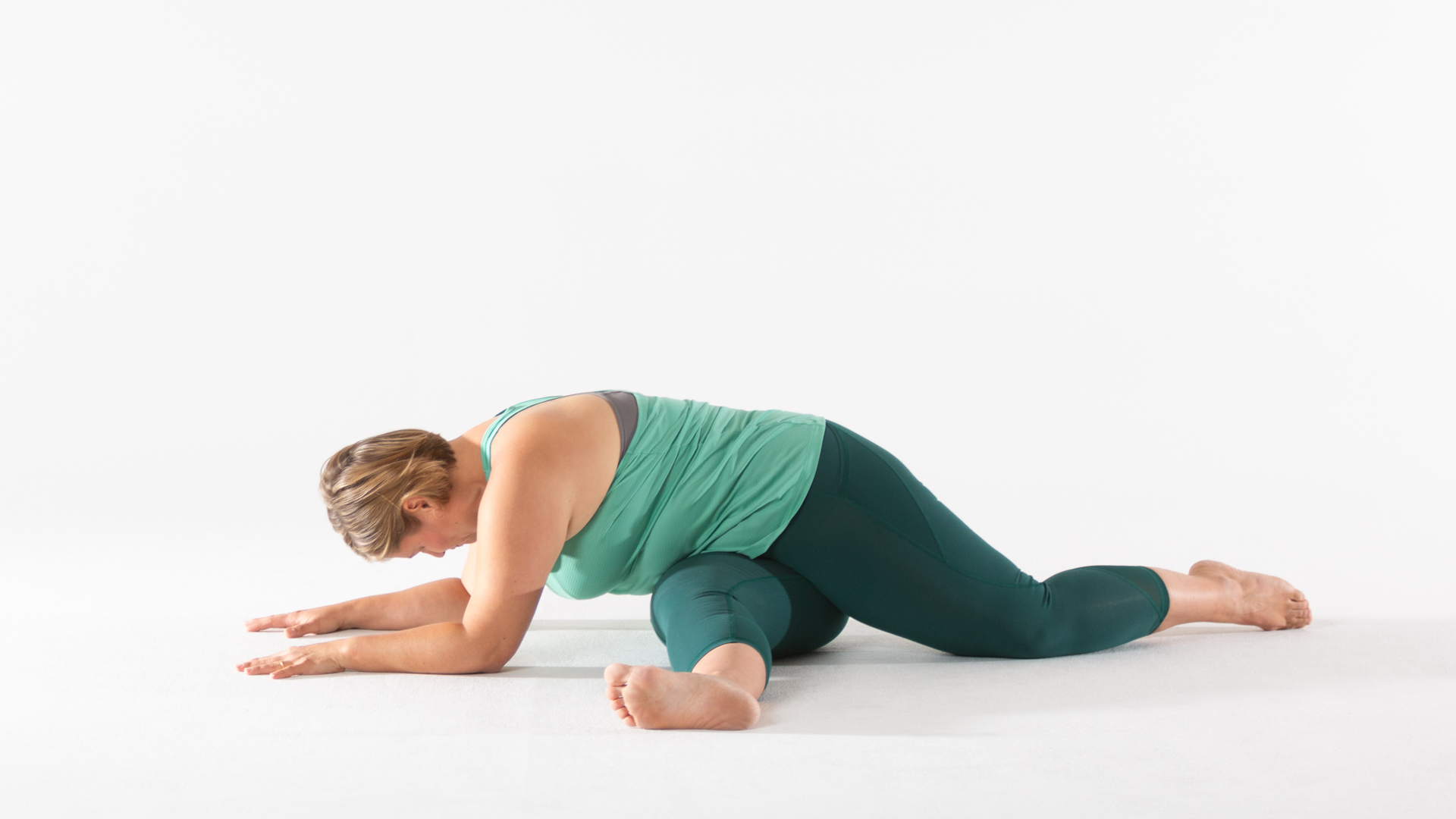
Shoelace Pose (Gomukhasana)
Shoelace Pose, also known as Gomukhasana, targets the hips and outer thighs. Sit with one leg crossed over the other, stacking your knees, and gently fold forward. This pose offers a deep stretch for the hips and glutes. By understanding the benefits of Shoelace Pose, you can release tension in the hips and thighs. Therefore, recognizing the importance of hip-focused poses is crucial.
Half Butterfly Pose
Half Butterfly Pose is a variation of the Butterfly Pose that focuses on one leg at a time. Sit with one leg extended and the other foot pressed against the inner thigh of the extended leg. Fold forward, feeling a stretch in the hamstrings and lower back. By understanding the benefits of Half Butterfly Pose, you can target specific areas for a more focused stretch. Therefore, recognizing the value of pose variations is essential.
Reclining Twist (Supta Matsyendrasana)
Reclining Twist, or Supta Matsyendrasana, is a gentle spinal twist that promotes relaxation and spinal flexibility. Lie on your back, draw one knee towards your chest, and gently guide it across your body. Extend your opposite arm out to the side and allow your gaze to follow. By understanding the benefits of Reclining Twist, you can relieve tension in the spine and improve flexibility. Therefore, recognizing the value of spinal twists is crucial.
Happy Baby Pose (Ananda Balasana)
Happy Baby Pose, or Ananda Balasana, is a playful pose that opens the hips and stretches the inner thighs. Lie on your back, draw your knees towards your chest, and hold the outer edges of your feet. Gently pull your feet towards the ground, feeling a deep stretch in the inner thighs and hips. By understanding the benefits of Happy Baby Pose, you can promote hip flexibility and relaxation. Therefore, recognizing the importance of playful poses is crucial.
Dragonfly Pose (Upavistha Konasana)
Dragonfly Pose, also known as Upavistha Konasana, is a wide-legged forward bend that stretches the inner thighs and hamstrings. Sit with your legs extended wide and gently fold forward, allowing your spine to round naturally. Relax your head and neck, reaching your arms in front of you. By understanding the benefits of Dragonfly Pose, you can enhance flexibility in the inner thighs and hamstrings. Therefore, recognizing the value of wide-legged stretches is essential.
Reclining Butterfly Pose (Supta Baddha Konasana)
Reclining Butterfly Pose, or Supta Baddha Konasana, is a restorative pose that opens the hips and promotes relaxation. Lie on your back, bring the soles of your feet together, and allow your knees to drop towards the ground. Place your arms by your sides and breathe deeply. By understanding the benefits of Reclining Butterfly Pose, you can enhance relaxation and improve hip flexibility. Therefore, recognizing the importance of restorative hip openers is crucial.
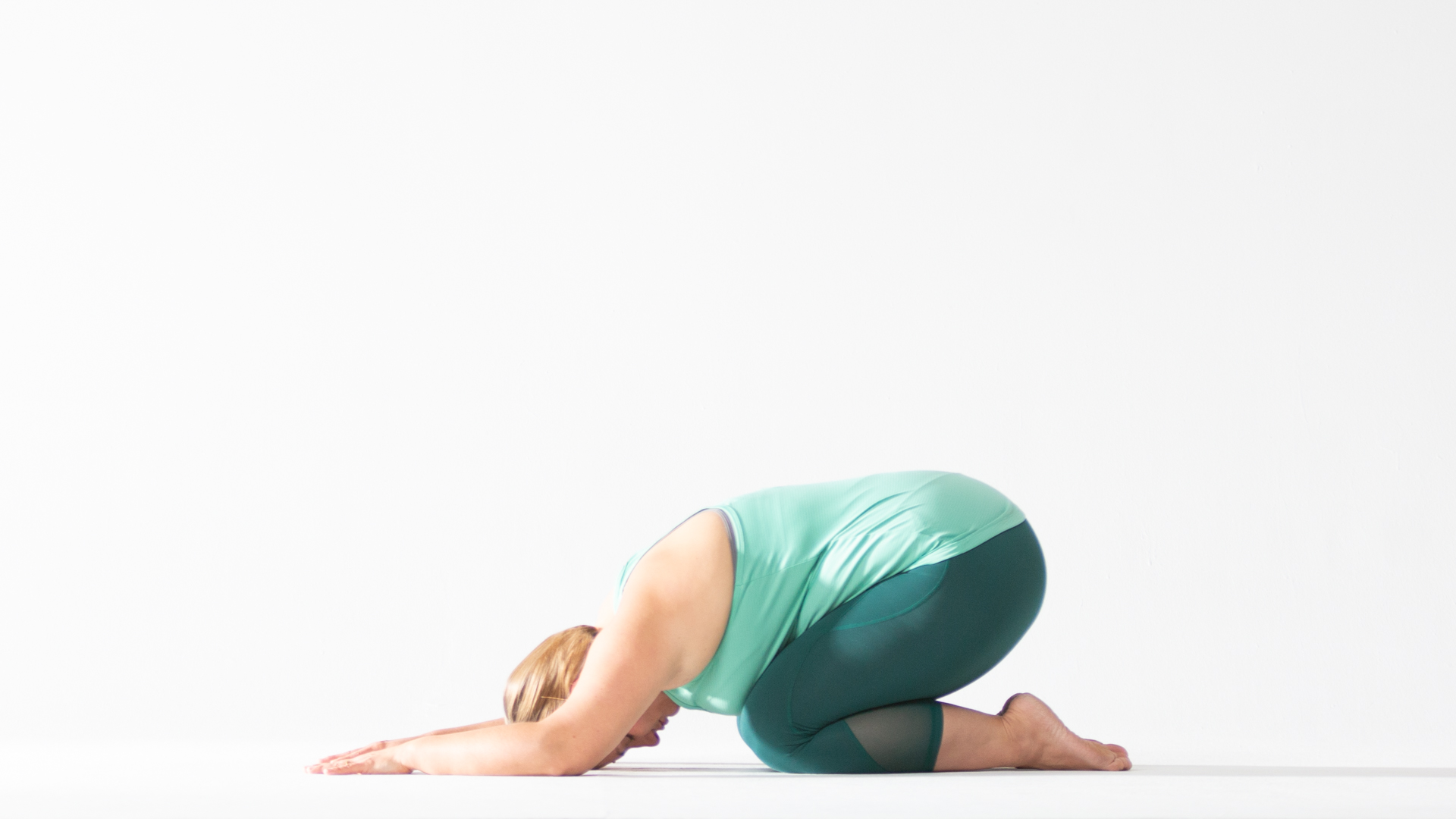
Caterpillar Pose (Paschimottanasana)
Caterpillar Pose, or Paschimottanasana, is a forward bend that stretches the entire backside of the body. Sit with your legs extended in front of you and gently fold forward from the hips, allowing your spine to round. Relax your head and neck, reaching towards your feet without forcing the stretch. By understanding the benefits of Caterpillar Pose, you can improve flexibility in your hamstrings and back. Therefore, recognizing the value of forward bends is essential.
Deer Pose
Deer Pose is a seated twist that targets the hips and lower back. Sit with one leg bent in front of you and the other leg bent behind you. Gently twist towards the front leg, allowing your spine to rotate naturally. By understanding the benefits of Deer Pose, you can release tension in the hips and improve spinal flexibility. Therefore, recognizing the importance of seated twists is crucial.
Reclining Hand-to-Big-Toe Pose (Supta Padangusthasana)
Reclining Hand-to-Big-Toe Pose, or Supta Padangusthasana, stretches the hamstrings and improves flexibility. Lie on your back, extend one leg towards the ceiling, and hold your big toe with your hand. Keep the opposite leg grounded and feel the stretch in your hamstrings. By understanding the benefits of this pose, you can enhance hamstring flexibility and overall leg mobility. Therefore, recognizing the value of targeted stretching is essential.
Melting Heart Pose (Anahatasana)
Melting Heart Pose, or Anahatasana, is a chest-opening pose that promotes heart opening and spinal flexibility. Start on all fours, walk your hands forward, and allow your chest to melt towards the ground, keeping your hips elevated. Feel the stretch in your chest, shoulders, and upper back. By understanding the benefits of Melting Heart Pose, you can enhance upper body flexibility and openness. Therefore, recognizing the importance of chest-opening poses is crucial.
Reclining Spinal Twist
Reclining Spinal Twist is a variation of the Reclining Twist that provides a gentle stretch for the spine and aids in relaxation. Lie on your back, draw both knees towards your chest, and gently guide them to one side while extending your arms out to the opposite side. By understanding the benefits of this pose, you can relieve tension in the spine and promote relaxation. Therefore, recognizing the value of spinal twists is essential.
Saddle Pose
Saddle Pose is a deep backbend that targets the quadriceps and hip flexors. Sit on your heels, lean back, and lower your upper body towards the ground, keeping your knees and thighs grounded. You can support yourself with your hands or forearms, or place a bolster under your back for added support. By understanding the benefits of Saddle Pose, you can improve flexibility in the quadriceps and hip flexors. Therefore, recognizing the importance of deep backbends is crucial.
Square Pose (Agnistambhasana)
Square Pose, or Agnistambhasana, is a seated hip opener that targets the outer hips and glutes. Sit with your shins stacked on top of each other, creating a square shape with your legs. Gently fold forward, feeling a deep stretch in the hips and glutes. By understanding the benefits of Square Pose, you can release tension in the hips and improve flexibility. Therefore, recognizing the value of hip-focused poses is essential.
Reclining Twist with Eagle Legs
Reclining Twist with Eagle Legs is a variation of the Reclining Twist that provides a deeper stretch for the spine and outer hips. Lie on your back, cross one leg over the other, and guide your knees towards one side while extending your arms to the opposite side. By understanding the benefits of this pose, you can enhance spinal flexibility and outer hip mobility. Therefore, recognizing the importance of pose variations is crucial.
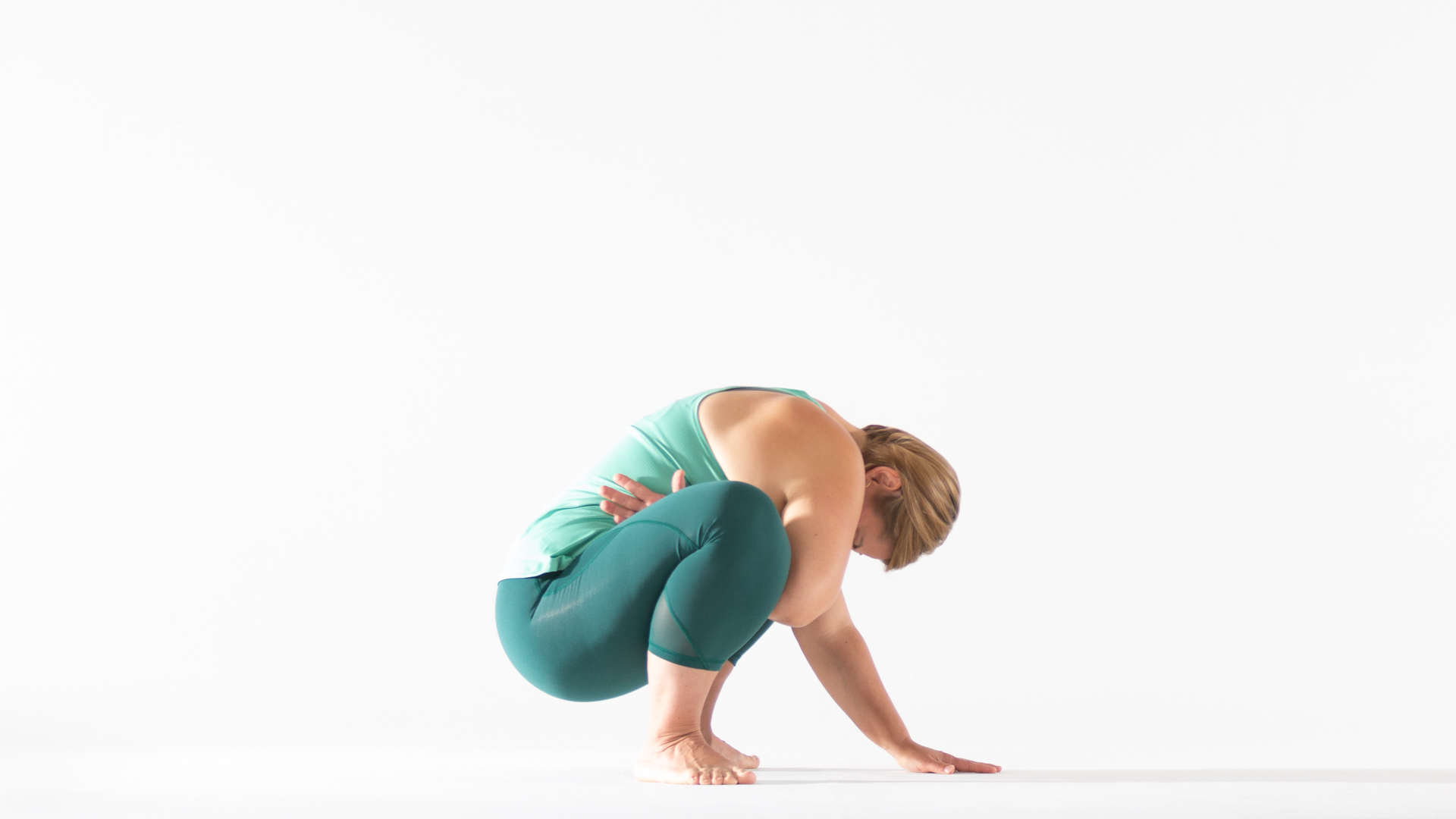
Straddle Pose (Upavistha Konasana)
Straddle Pose, or Upavistha Konasana, is a wide-legged seated forward bend that stretches the inner thighs and hamstrings. Sit with your legs extended wide and gently fold forward, allowing your spine to round naturally. Relax your head and neck, reaching your arms in front of you. By understanding the benefits of Straddle Pose, you can enhance flexibility in the inner thighs and hamstrings. Therefore, recognizing the value of wide-legged stretches is essential.
Snail Pose (Halasana)
Snail Pose, or Halasana, is an inversion that stretches the spine and shoulders. Lie on your back, lift your legs overhead, and bring your toes towards the ground behind your head. Support your lower back with your hands if needed. By understanding the benefits of Snail Pose, you can improve spinal flexibility and overall relaxation. Therefore, recognizing the importance of inversions is crucial.
Swan Pose (Eka Pada Rajakapotasana)
Swan Pose, or Eka Pada Rajakapotasana, is a deep hip opener that targets the hip flexors and glutes. Start in a low lunge, slide your front leg forward, and lower your back knee to the ground. Sink your hips towards the ground, feeling a deep stretch in the front hip and glutes. By understanding the benefits of Swan Pose, you can release tension in the hips and improve flexibility. Therefore, recognizing the importance of deep hip openers is crucial.
Reclining Bound Angle Pose (Supta Baddha Konasana)
Reclining Bound Angle Pose, or Supta Baddha Konasana, is a restorative pose that opens the hips and promotes relaxation. Lie on your back, bring the soles of your feet together, and allow your knees to drop towards the ground. Place your arms by your sides and breathe deeply. By understanding the benefits of Reclining Bound Angle Pose, you can enhance relaxation and improve hip flexibility. Therefore, recognizing the importance of restorative hip openers is crucial.
Bananasana
Bananasana is a side-stretching pose that targets the side body and spine. Lie on your back and gently curve your body into a crescent shape, reaching your arms and legs towards one side. Feel the stretch along your side body and spine. By understanding the benefits of Bananasana, you can improve flexibility in the side body and promote relaxation. Therefore, recognizing the value of side-stretching poses is essential.
Addressing Common Questions About Yin Yoga
Understanding common questions about Yin Yoga provides additional clarity and helps deepen your practice. Knowledge of these answers ensures a more informed practice. Therefore, exploring common questions is essential.
Is Yin Yoga Suitable for Beginners?
A common question is whether Yin Yoga is suitable for beginners. Yes, Yin Yoga is accessible to practitioners of all levels, including beginners. The poses are typically passive and can be modified to suit individual needs. By understanding the accessibility of Yin Yoga, beginners can feel confident in starting their practice. Therefore, recognizing the inclusivity of Yin Yoga is crucial.
How Long Should I Hold Each Pose?
Another common question is how long to hold each Yin Yoga pose. Poses are typically held for three to five minutes, allowing the body to stretch deeper into the connective tissues. Advanced practitioners may hold poses for longer durations. By understanding the importance of prolonged holds, you can maximize the benefits of Yin Yoga. Therefore, recognizing the significance of time duration is essential.
Addressing Common Misconceptions About Yin Yoga
Addressing common misconceptions about Yin Yoga provides accurate information and dispels unwarranted concerns. Clearing up misunderstandings ensures an informed perspective. Therefore, exploring common misconceptions is important.
Misconception: Yin Yoga Is Too Easy
A common misconception is that Yin Yoga is too easy and not physically challenging. While Yin Yoga focuses on passive stretching, holding poses for extended periods can be mentally and physically demanding. The practice targets deep connective tissues, requiring patience and focus. By understanding the depth of Yin Yoga, you can appreciate its unique challenges. Therefore, dispelling this misconception highlights the practice’s complexity.
Misconception: Yin Yoga Is Only for Flexibility
Another misconception is that Yin Yoga is solely for improving flexibility. While flexibility is a primary benefit, Yin Yoga also promotes relaxation, mindfulness, and mental clarity. The practice encourages introspection and inner stillness, contributing to overall well-being. By understanding the broader benefits, you can appreciate the holistic nature of Yin Yoga. Therefore, dispelling this misconception emphasizes the practice’s comprehensive benefits.
Conclusion: Embracing the Yin Yoga Practice
Embracing the Yin Yoga practice involves understanding its benefits, exploring essential poses, and addressing common questions and misconceptions. Proper knowledge of these aspects ensures a comprehensive and informed practice.
Exploring critical elements such as pose variations, prolonged holds, and the meditative nature of Yin Yoga provides comprehensive knowledge and practical approaches. Recognizing the importance of relaxation, mindfulness, and flexibility enhances overall appreciation and satisfaction with your practice.
By engaging with these elements, you can deepen your Yin Yoga practice, achieving greater physical and mental well-being. Therefore, whether you are a seasoned practitioner or a newcomer, understanding the essence of Yin Yoga offers practical and valuable insights. Embrace the opportunity to explore and develop your practice, knowing you have the knowledge and resources to make informed choices for holistic wellness!
